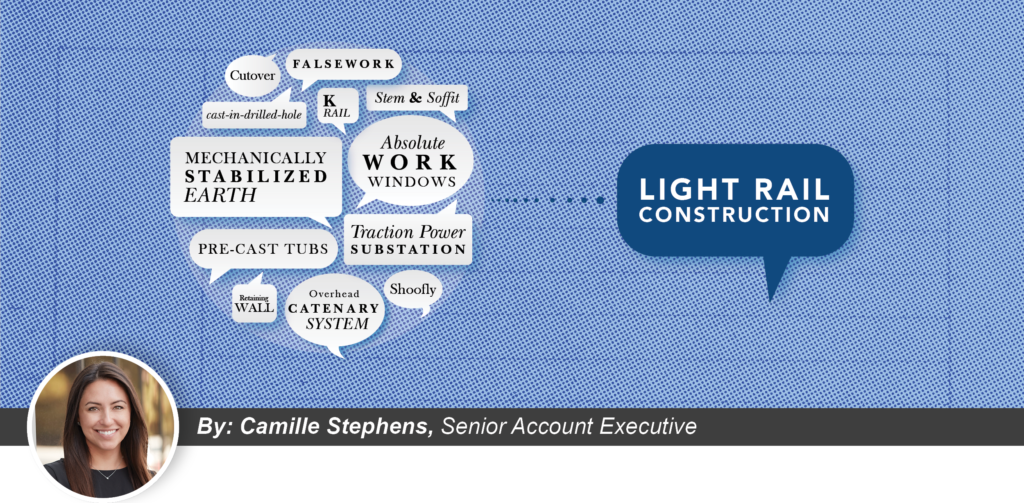
24 Jul Designing Information for Stakeholders: Five Steps to Getting Your Message Across

I like to say I am a translator. Not for a foreign language or computer code, but for highly technical information. My role as a public outreach specialist is to take scientific, complex, or even confusing information about policies, programs, or projects and “translate” them into bite-sized bits that are simple and easy to understand for the average person.
Sounds easy, right? Nope.
Providing information to the public in a manner that is clear, consistent and concise takes time, discernment and designated attention to several distinct but interworking steps. The following steps will help you get your information out to the public in the best ways possible and with minimal confusion.
1. Develop an understanding of your stakeholders’ existing knowledge.
What we say to stakeholders, and how we say it, should depend on what we know about their understanding of the subject or project. If the subject matter is top of mind or already a well-known topic for this audience, then you won’t need to define terms on a fact sheet, for example. But if the subject is new, unknown or complicated, we’ll need to provide significantly more background with definitions and clarifications.
2. Identify areas of interest and tailor your information.
To address stakeholders most efficiently, we often utilize existing groups, like community organizations or affiliations, as the way to reach a larger audience. These stakeholder groups may be willing to provide access to their members who have similar interests and want to know similar types of information about your project – like how your efforts will impact or affect what they care about. This means we might not be able to just make one generic fact sheet and call it a day – we need to make sure our fact sheets address specific concerns.
For example, say you are working on a new infrastructure project for the drinking water system in a small community. The bicycling coalition will want to know if your construction will impact their route. The environmental justice group will want to know about water quality and how it may change after this project is completed. The adjacent high school will need to know construction hours and when or if noise will disrupt class time. And the consumer finance group will want to know how much the project costs, how funds are being spent and if rates will be affected.
We need to take the time to uncover community concerns and interests and address them early, with accurate information. And if plans change, update the various groups to explain why! And if your goal is to develop an open line of communication with the community, find out each group’s communication preferences. Social media, fact sheets/handouts, newspaper ads, email blasts, etc., will only provide information effectively if we get them in the right hands.
3. Simplify your language – try explaining the project to a ten-year old.
When it comes to technical processes or scientific explanations, simplifying terms is the best place to start. Ask yourself: Can I say this differently and without using jargon? Is the technical word (although correct) the best way to describe the process or project? What if I were trying to explain this to a ten-year old? Assuming an understanding that matches your own will not provide an appropriate level of information or clarification for the average person to understand, trust, and accept your project or program. And that is key. Confusion can lead to mistrust, which can lead to opposition – and that could cause a problem for your project.
Indeed, as communications practitioners, we have seen time and time again that it’s not the science or the engineering of a project that gets in the way of project completion, it’s poor communication with the community and stakeholders. Truly, the best way to armor a project against opposition is to provide simple, straight-forward, transparent information, consistently.
4. Use design but keep it straightforward.
At its best, graphic design explains and clarifies a complicated, technical process in a visually appealing and understandable way. At worst, it confuses and confounds. Using too much text, inconsistent imagery or numerical values out of context will only serve to push stakeholders away. Working with a graphic designer can also provide an opportunity to test how easily the content will be understood by your audience – if you can’t explain the process or concept simply enough to receive an accurate and comprehensive design, you may need to revisit your own language and explanation.
Our projects are highly technical, especially water projects such as potable reuse and advanced water purification, groundwater recharge, desalination, etc. These all require an explanation of the science behind their function and that is often best done with imagery. We have developed maps, schematics, illustrations, animations, videos and more to describe technological functions using as few words as possible.
5. Maintain the relationship.
Much like a personal relationship, communicating about your project with community members requires fulfilling the basic needs of conversation and information sharing. Don’t make promises you can’t keep. Provide backup information that clarifies any unanswered questions or complicated processes. Communicate regularly and earnestly and provide avenues for two-way communication. And finally, accept criticism as an opportunity to improve how you are communicating.
While there is no “silver bullet” for effective communication with the public, I am confident these steps will help you achieve greater public understanding and, even better, public support.
Camille Stephens is a Senior Account Executive in K&A’s Los Angeles office. She enjoys the planning and design phases of projects and engaging with stakeholders to gather input and feedback. Camille holds a Master of Public Policy from the University of Southern California and enjoys the beach, weekend hikes, cycle rides on her Peleton bike, cooking, and finding new restaurants in her Downtown L.A. neighborhood.
